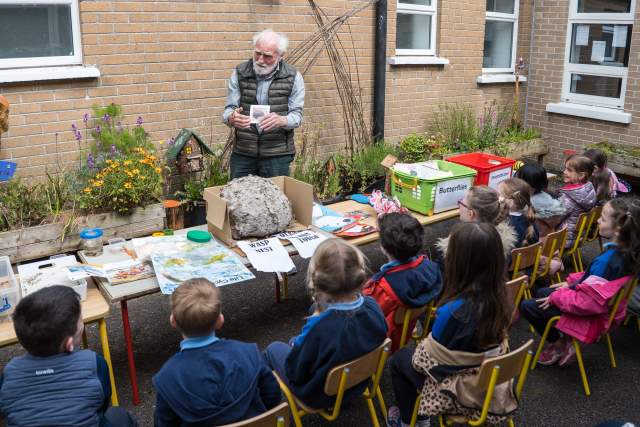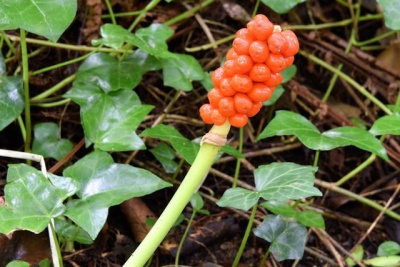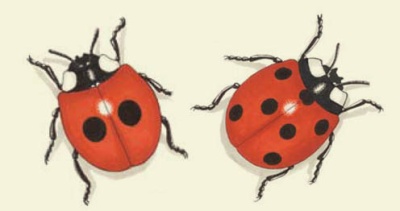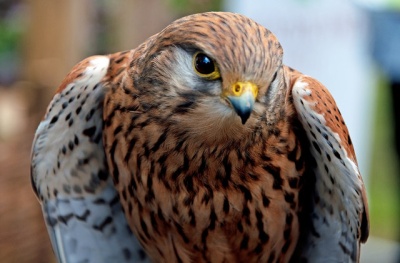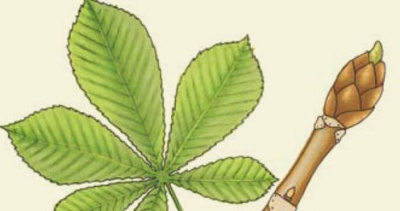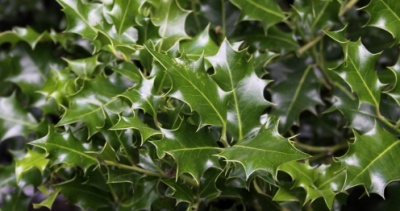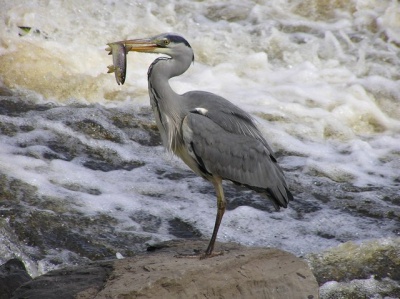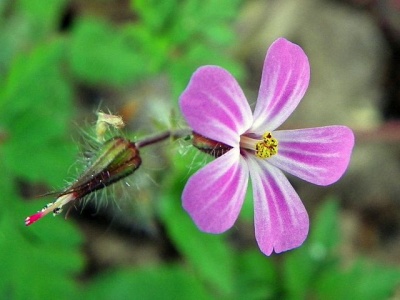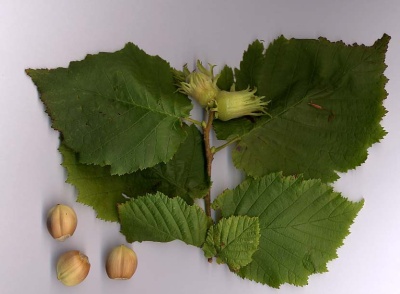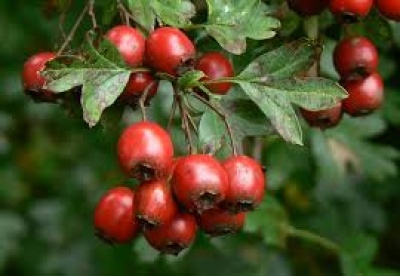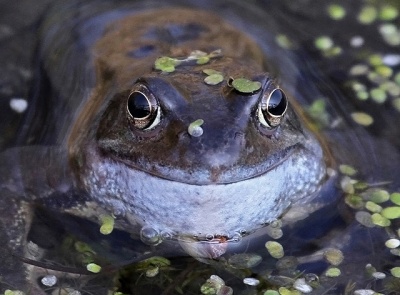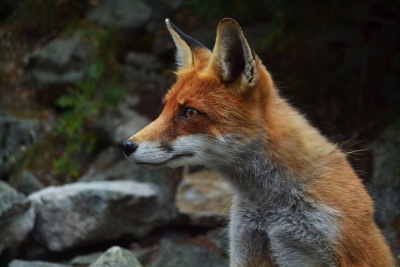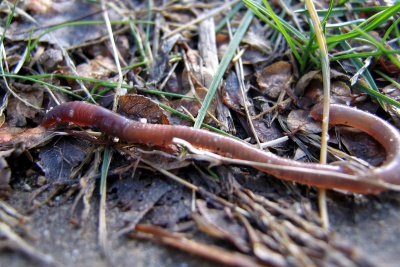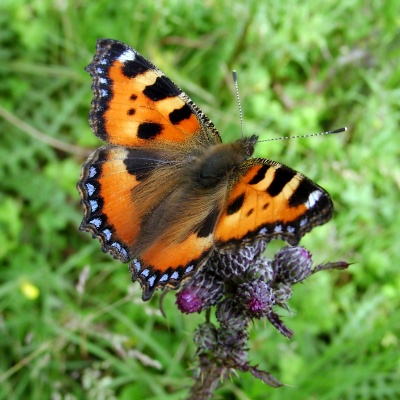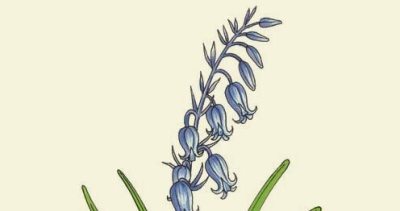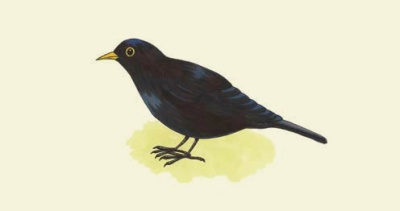Lords and Ladies (All About)
Lords and Ladies is one of the many names given to the arum lily — a most unusual lily-like flower that appears in our hedgerows and woodlands in April and May. Plants need light in order to grow and in woodlands the canopy of the trees captures most of the available light. So, many woodland plants flower early, before the canopy closes and Lords and Ladies is one of these.
Read moreRead lessThe arrow-shaped large green leaves appear first and then these unroll to reveal a most peculiar-looking flower. It consists of a yellow hood called a spathe with a pointed fleshy swollen brown or purple stalk called a spadix inside. This spadix is the top of the complicated flower arrangement that this lily has. When ripe, the fleshy spadix, gives off a smell like rotten meat. This attracts flies which come along expecting food.
They buzz around and try to find the food which seems to them to be hidden in the depths of the spathe. Down they go into an opening that is guarded by a defence of hairs that only bend one way — downwards. Once the flies enter, they are trapped in a chamber where the top layer is of stamens containing pollen while below in the bottom of the same chamber are the female parts. These are ripe and are waiting to be fertilised — not by the pollen of their own flower, but by that of another. Eventually a fly arrives covered with pollen from a different lily. This fertilizes the waiting cells. Following this the male parts produce their pollen, the guard hair cells collapse and the flies can escape — all now thoroughly dusted on the way out by the pollen of the flower in which they have been trapped.
And indeed some of them enter another lily, fertilise the female cells there and so contrive the escape of the foolish flies there. The whole spathe and spadix then collapse, their purpose having been served and the fertilised female cells swell and ripen into red berries. Indeed the stalk with a cap of red berries is a familiar sight in autumn, the berries poisonous to us humans but not to the wild creatures that eat them and spread the seeds by way of their droppings. The pointed spadix reminded people of earthier things in earlier times as the names cuckoo pint or the Irish Bod Gadhair, reveal.
Things to do
1. Bring them out to the school hedge to look for these plants in late April. Check how many can smell the spadix as it is an inherited ability and not everyone can. Open the spathe to observe the hairs and the trapped flies. Look for the stalk with the red berries in autumn but do not pull it or touch it — just observe.
